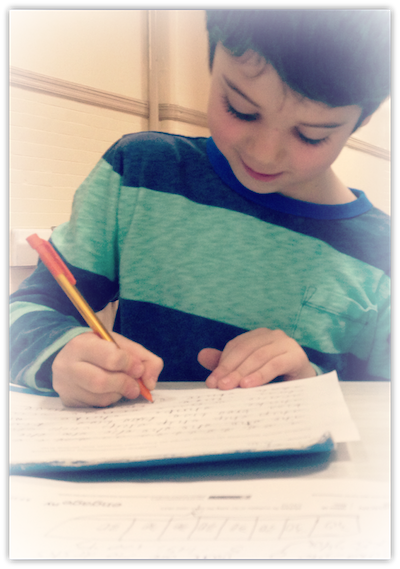
We’re still in summer mode over here in NYC which means these last lazy days of August are calling the kids to squeeze in every possible moment for fun before heading back to school. I too love the loose lifestyle which causes my feet to drag, and my brain to resist the impending rigid routine.
To help prepare — at least my mindset — I asked my friend Ilona Rosson to share some of her teacher’s perspective on working with / being around kids in school.
What is your background in working with children?
I have a master’s degree in education, a Waldorf teacher training certification, and a California State teaching credential. I’ve taught both middle school and younger children. I’m currently working in a combined preschool and kindergarten program with a master teacher of 35 years.
Why did you become a school teacher?
I wanted to participate in the healing of our country’s ailing educational system.
What’s the best part of teaching kindergarten/preschool?
Teaching this age is a very fulfilling and grounding aspect of my spiritual practice. I am so grateful to have the opportunity to participate in providing the best possible start in life for these children who come to our school each morning to play and to learn in an environment that is so loving, beautiful, and magical. It is grounding in that the children are present in every moment, and so must the teachers be. Being with the young child is inherently a mindfulness practice, as there is no time for the mind to drift or to become distracted.
What are the most important lessons you try to teach to kindergartners and preschoolers?
Most developmentally appropriate learning in early childhood is rooted in open-ended creative play, which helps to develop innate capacities of human creative and social intelligence, problem-solving, and flexibility.
How do you determine when your students are making progress?
We measure progress in a myriad of ways and on many levels. A couple of small examples: A child who tends toward sensitivity and who takes things very personally begins to reach out, without prompting, to nurture and comfort others. Another child who is challenged by completing tasks or maintaining focus stays longer at an activity, not because he is forced or manipulated, but because he is drawn by the sheer joy of the work at hand.
What do you do when a child has tested your patience in the classroom?
Since they are not my own children, my patience is rarely tried with these little ones. However, if I do feel a button being pressed, I use my breath to remain calm and focused. To diffuse a situation, it’s often best to distract the child, without any negative emotion, into another activity and frame of mind. Setting boundaries typically requires the repetition of stock phrases infused with a quiet and gentle tone. And laughter certainly helps!
Kids require a lot of attention. How do you maintain your energy throughout the day when working with kids?
The energy necessarily maintains itself while I’m with the children, and I always rest and meditate immediately after the school day.
What advice do you have for parents who want to become more involved with their child’s education?
When parents choose to have their children educated outside the home, it seems that the most effective way to support them is to focus on maintaining a consistent rhythm and a calm atmosphere at home and to nurture a healthy circadian rhythm with meals and sleep. Children have a long and stimulating day at school and need to rely on home to rejuvenate themselves.
Thank you, Ilona!
facebook: facebook.com/elyshalenkin
twitter: @elyshalenkin
instagram: elysha_nyc
Follow my blog with Bloglovin
Very informative, Elysha.
That’s great advice!
Wow, what an amazing teacher! Can we go to her school please? Teaching as part of her spiritual practice! The next level for sure.
She’s a pretty amazing woman, Sara, with an unbelievable load of patience.
wonderful to inspire
children
for a better future 🙂